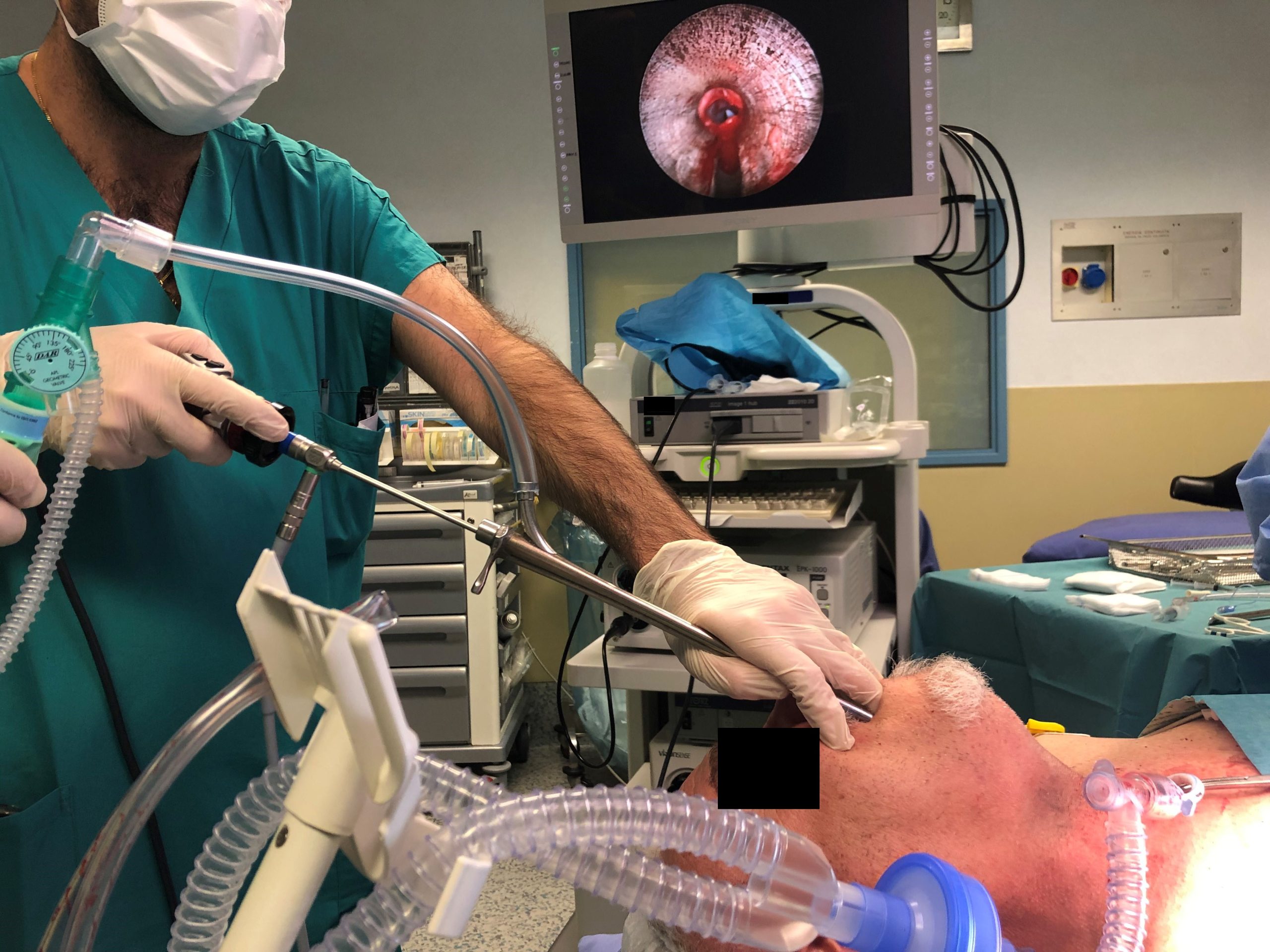
A bronchoscopy uses a thin tube passed through the nose or mouth. It’s not painful, but it’s not random either. Doctors don’t order this casually. They suspect something deeper. Maybe your cough lingers. Maybe a scan showed something unclear. This tool offers a direct view. It sees what other tests can’t.
They’re looking for what X-rays and CT scans sometimes fail to explain
Imaging shows shadows. Bronchoscopy sees tissue. When a nodule appears vague or infection won’t clear, the tube goes in. It finds obstruction. Bleeding. Secretions. Sometimes even hidden tumors. Pictures don’t always tell enough. Bronchoscopy fills that silence with visibility.
Biopsies during the procedure can change the direction of your diagnosis entirely
Forceps may pass through the scope. They take tiny tissue samples. These go to pathology. Results reshape assumptions. What looked like pneumonia may be cancer. What seemed like asthma might be sarcoidosis. One sample reframes months of treatment. That’s why the test exists—not for confirmation, but for revision.
Washing the lungs helps find infections that routine tests often miss
Doctors may flush saline into the airway. Then they suction it back. This washing collects secretions. Bacteria. Fungi. Rare infections. These cultures solve mysteries. Especially in immunocompromised patients. Especially when antibiotics fail. Normal tests miss these signals. This method doesn’t.
Foreign bodies can be removed in the same moment they’re discovered
You didn’t feel anything go in. Maybe food. A piece of plastic. In children, even toys. Bronchoscopy can detect and remove them instantly. No need for surgery. No guessing. One look, one pull, and the airway clears. Sometimes the diagnosis and treatment happen within seconds.
Unexplained bleeding makes more sense when the source is finally visualized
Hemoptysis—coughing up blood—alarms everyone. But the source isn’t always clear. Bronchoscopy locates it. Lower lobes? Mainstem bronchus? A tumor? Erosion? The test narrows the cause. It guides further steps. It can even apply topical treatments. Not all bleeding means trauma. Some starts invisibly. But it never hides from the lens.
The procedure often happens awake, but with enough sedation to erase the discomfort
You won’t feel pain. Maybe pressure. Maybe gagging. But not pain. Most bronchoscopies use mild sedation. You stay conscious, but relaxed. Breathing continues. Local anesthetic numbs the throat. Recovery is short. Risks are low. The discomfort fades faster than the clarity it brings.
If you’re intubated, a bronchoscopy may be performed right at the bedside
Critical care often includes bedside bronchoscopy. Patients can’t speak. Fever spikes. Oxygen drops. The team needs answers. They insert the scope through the breathing tube. No transfer. No delays. It’s fast. It’s precise. And often, it saves guessing time during emergencies.
Certain lung diseases don’t show up in bloodwork or sputum alone
Interstitial lung disease. Chronic rejection post-transplant. Pulmonary fibrosis. These need tissue. Not labs. Not scans. Bronchoscopy sees alveoli. Sees color. Takes samples. In some cases, it’s the only way to start naming what’s wrong. Without it, these diseases stay vague—and dangerous.
Post-procedure, your throat may feel sore, but complications remain rare
Cough. Hoarseness. A little blood-tinged sputum. These fade quickly. Pneumothorax, infection, or major bleeding are rare. You stay in observation. Vitals monitored. Most leave within hours. No stitches. No wounds. Just insight. Risk exists, but it’s controlled. And always outweighed by what the test might uncover.
Children also undergo bronchoscopies, but with anesthesia and added precautions
Pediatric bronchoscopy isn’t rare. It’s essential. Recurrent infections, airway malformations, or inhaled objects demand it. Kids receive deeper sedation or general anesthesia. The tools are smaller. The team more specialized. But the goal remains: clarity without delay. The younger the patient, the quicker the need for precision.
It’s often used in cancer workups when imaging cannot distinguish inflammation from malignancy
Lung cancer hides well. Inflammation blurs the picture. PET scans light up non-cancerous areas too. Bronchoscopy samples directly. It avoids false positives. It targets suspicious nodes. Sometimes it confirms malignancy. Other times it clears suspicion. Either way, decisions become sharper.
Therapeutic bronchoscopies go beyond diagnosis—they restore airflow
Tumors may be lasered. Stents placed. Mucus plugs suctioned. Bronchoscopy doesn’t just observe—it intervenes. Some patients breathe easier within minutes. This isn’t imaging. This is treatment through a scope. For palliative care or acute obstruction, the change is immediate and visible.
The results you receive days later often rewrite the story of your illness
You leave with no final answer. Just samples sent off. But the call that comes days later shifts everything. It may bring relief. Or urgency. But it ends the guessing. Bronchoscopy ends speculation and gives direction—often the first solid one after weeks of uncertainty.
You don’t remember most of it—but your lungs may never forget what it revealed
You go home drowsy. You sleep. You recover. But your chart fills with answers. Your treatment plan changes. Medications shift. Referrals are made. You may forget the scope itself. But what it showed begins a new phase of care. That tube, short as it is, opens a wider path forward.
Source: Pulmonology in Dubai / Pulmonology in Abu Dhabi
